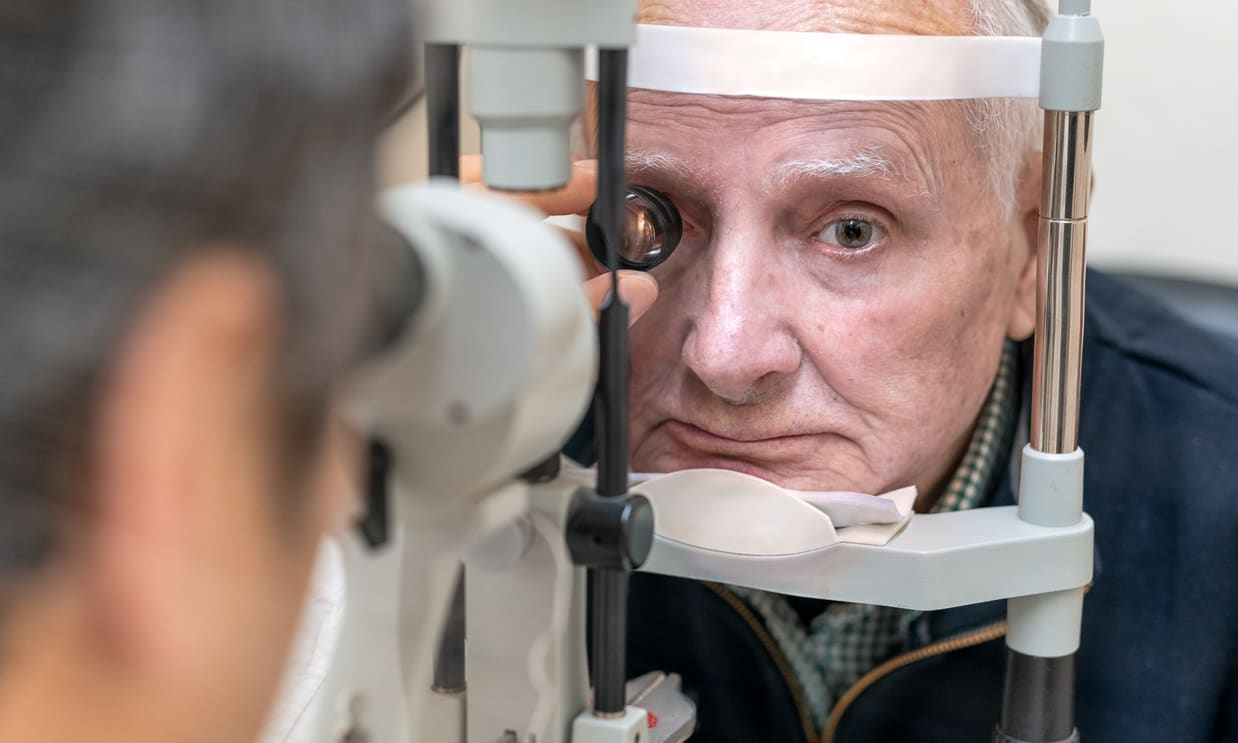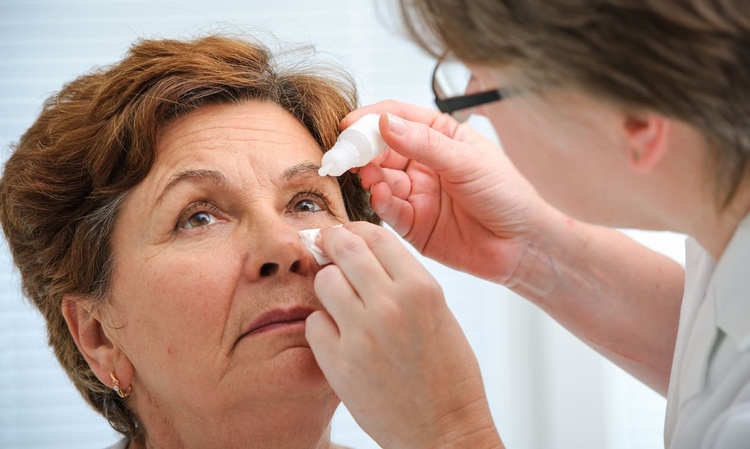Stroke Warning Signs & Causes
A stroke occurs when blood flow to a part of the brain is interrupted or reduced, depriving brain tissue of oxygen and nutrients. Recognizing symptoms like sudden numbness, confusion, trouble speaking, or loss of balance early is crucial for timely treatment and better recovery.

What are the most common stroke warning signs?
The sudden onset of stroke symptoms is a hallmark of this medical emergency. Common warning signs include:
-
Facial drooping: One side of the face may droop or become numb. Ask the person to smile; if the smile is uneven, it could be a stroke.
-
Arm weakness: One arm may become weak or numb. Ask the person to raise both arms; if one arm drifts downward, it’s a potential stroke indicator.
-
Speech difficulties: Slurred speech, difficulty speaking, or trouble understanding others can be signs of a stroke.
-
Severe headache: A sudden, severe headache with no known cause may indicate a stroke, particularly if accompanied by other symptoms.
-
Vision problems: Sudden blurred vision, double vision, or loss of vision in one or both eyes can occur during a stroke.
How can you remember the key stroke warning signs?
The acronym FAST is an easy way to remember and identify the most common stroke symptoms:
F - Face drooping
A - Arm weakness
S - Speech difficulties
T - Time to call emergency services
If you observe any of these signs, it’s crucial to act quickly and call for emergency medical help immediately. Time is of the essence in stroke treatment, and every minute counts.
What are the major causes of stroke?
Strokes can be caused by two main mechanisms:
-
Ischemic stroke: This is the most common type, accounting for about 87% of all strokes. It occurs when a blood clot blocks a blood vessel supplying the brain, cutting off blood flow to a specific area.
-
Hemorrhagic stroke: This type is less common but often more severe. It happens when a blood vessel in the brain ruptures, causing bleeding into the brain tissue.
The underlying causes of these stroke types can vary, but they often stem from long-term health conditions or lifestyle factors that affect blood vessel health.
What are the primary risk factors for stroke?
Several risk factors can increase a person’s likelihood of experiencing a stroke:
-
High blood pressure: This is the most significant risk factor for both ischemic and hemorrhagic strokes.
-
Smoking: Tobacco use damages blood vessels and increases the risk of blood clots.
-
Diabetes: High blood sugar levels can damage blood vessels over time.
-
High cholesterol: Excess cholesterol can build up in arteries, narrowing them and increasing stroke risk.
-
Obesity: Excess weight strains the cardiovascular system and is often linked to other risk factors like high blood pressure and diabetes.
-
Physical inactivity: Regular exercise helps maintain healthy blood pressure and weight.
-
Age: The risk of stroke increases with age, particularly after 55.
-
Family history: Genetic factors can play a role in stroke risk.
How can you reduce your risk of stroke?
While some risk factors like age and family history can’t be changed, many lifestyle modifications can significantly reduce stroke risk:
-
Control blood pressure: Regular monitoring and medication if necessary.
-
Quit smoking: Seek support from healthcare providers or smoking cessation programs.
-
Manage diabetes: Maintain blood sugar levels within target ranges.
-
Improve diet: Adopt a balanced diet rich in fruits, vegetables, whole grains, and lean proteins.
-
Exercise regularly: Aim for at least 150 minutes of moderate-intensity aerobic activity per week.
-
Maintain a healthy weight: Work with healthcare providers to achieve and maintain a healthy BMI.
-
Limit alcohol consumption: If you drink, do so in moderation.
-
Manage stress: Practice stress-reduction techniques like meditation or yoga.
What should you do if you suspect someone is having a stroke?
If you suspect someone is experiencing a stroke, take these immediate actions:
-
Call emergency services immediately. Don’t wait to see if symptoms improve.
-
Note the time when symptoms first appeared. This information is crucial for treatment decisions.
-
Perform the FAST test to check for common stroke symptoms.
-
Stay with the person and keep them calm until help arrives.
-
Do not give them anything to eat or drink, as this could lead to choking.
-
If the person is unconscious, check for breathing and pulse. Be prepared to perform CPR if necessary and if you are trained to do so.
Remember, quick action can significantly improve the chances of recovery and minimize long-term effects of a stroke. Recognizing the warning signs and understanding the causes and risk factors of stroke are essential steps in preventing this serious medical condition and ensuring prompt treatment when it occurs.
This article is for informational purposes only and should not be considered medical advice. Please consult a qualified healthcare professional for personalized guidance and treatment.




